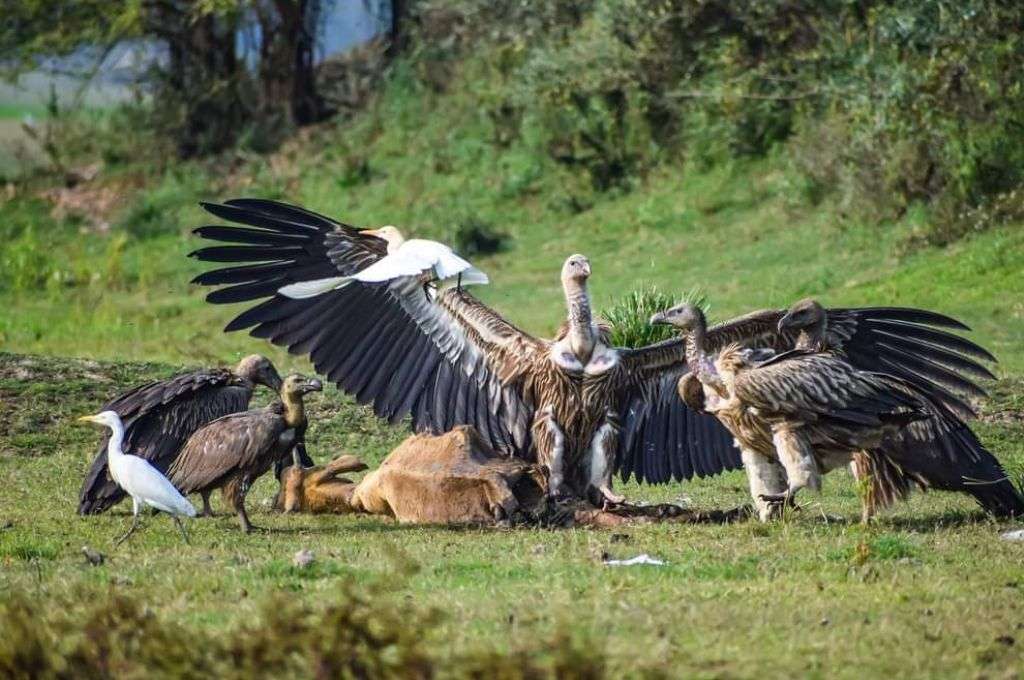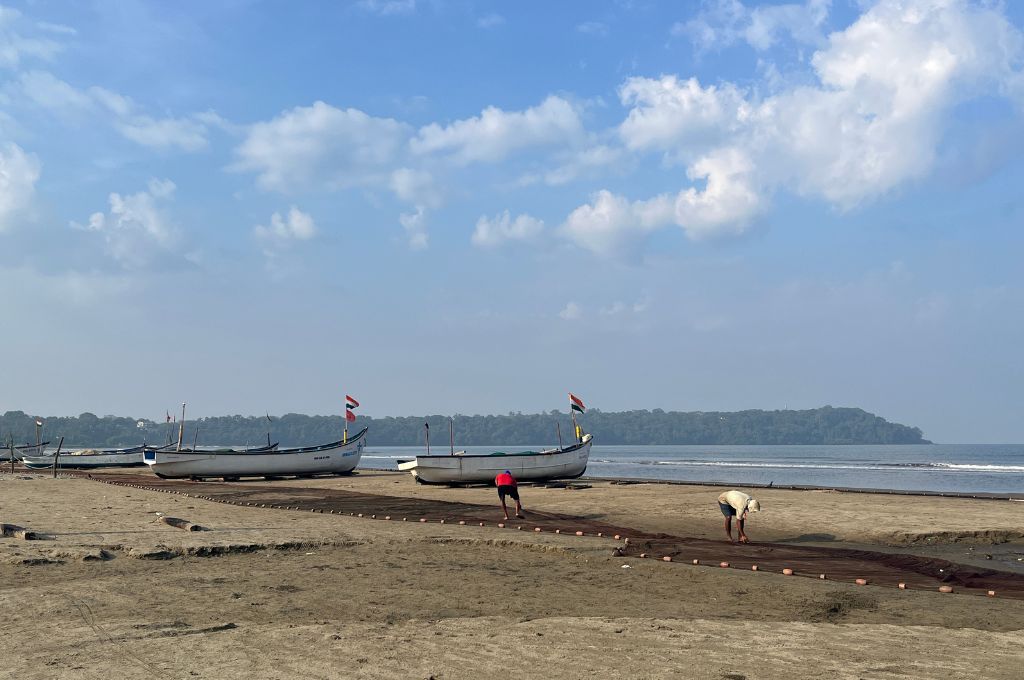Feast of death: What’s causing the decline in Assam’s vulture population

Bipul Goswami, a farmer, was returning home from his field at around 10 am on March 17, 2022. As he washed his hands and feet at the village tube well, he saw a kettle of vultures in the sky. Bipul thought to himself that a cow must have died somewhere nearby, and the vultures were in for a grand feast. He never imagined that it was going to be the last meal for many of the birds.
Goswami, a resident of Mothpara village in Chaygaon, Assam, says, “Just before dusk that day, someone from the neighbouring Milanpur village was looking for his lost cow. He was the first to discover some vulture carcasses scattered in the area. As other villagers gathered after being informed, more carcasses were found. It was a devastating scene.”
In the incident, suspected to be a case of pesticide poisoning, 100 Himalayan griffon vultures and one steppe eagle have been confirmed dead. Dimpi Bora, Divisional Forest Officer, West Kamrup, says, “We found the remains of a small animal, which could be a goat or a dog, from the site. We suspect that the carcass of the animal was laced with carbofuradan, a very lethal pesticide. We have sent the remains of the animal to the forensics department, and the exact cause of death will be known only after we get the test results.”
The villagers and environmentalists believe the poisoned carcass was not for the vultures. For the past four–five years, the livestock farmers of Mothpara and Milanpur have been facing the threat of stray dogs. The stray dog population in these villages is said to have increased exponentially in the recent past, and they regularly attack livestock. In a bid to save their livestock, the villagers began trying to poison them. However, blessed with a strong sense of smell, dogs avoid the pesticide-laced carcasses, and it’s the vultures who fall for them and die in large numbers.
However, things aren’t all bleak for the vultures. The villagers who once detested the scavenging birds are now aware of their importance in the ecosystem. On March 27, 10 days after the vultures were killed in Chaygaon, the residents of Milanpur and Mothpara organised a prayer meet for them. The event was attended by 500 people, including the villagers and workers of local environmental nonprofits that have played a key role in this change of perception through awareness campaigns.
Assam now boasts a vulture breeding centre, one of the only four in India. Apart from breeding various varieties of the bird, the centre set up by the Bombay Natural History Society in the town of Rani rescues injured vultures and releases them back into nature.
Nabarun Guha is a freelance journalist based in Assam. This is an edited excerpt from an article that was originally published on Mongabay-India.
—
Know more: Learn why the Nyishi community that once hunted hornbills is now protecting them.
Do more: Connect with Nabarun Guha at [email protected] to learn more about and support his work.



